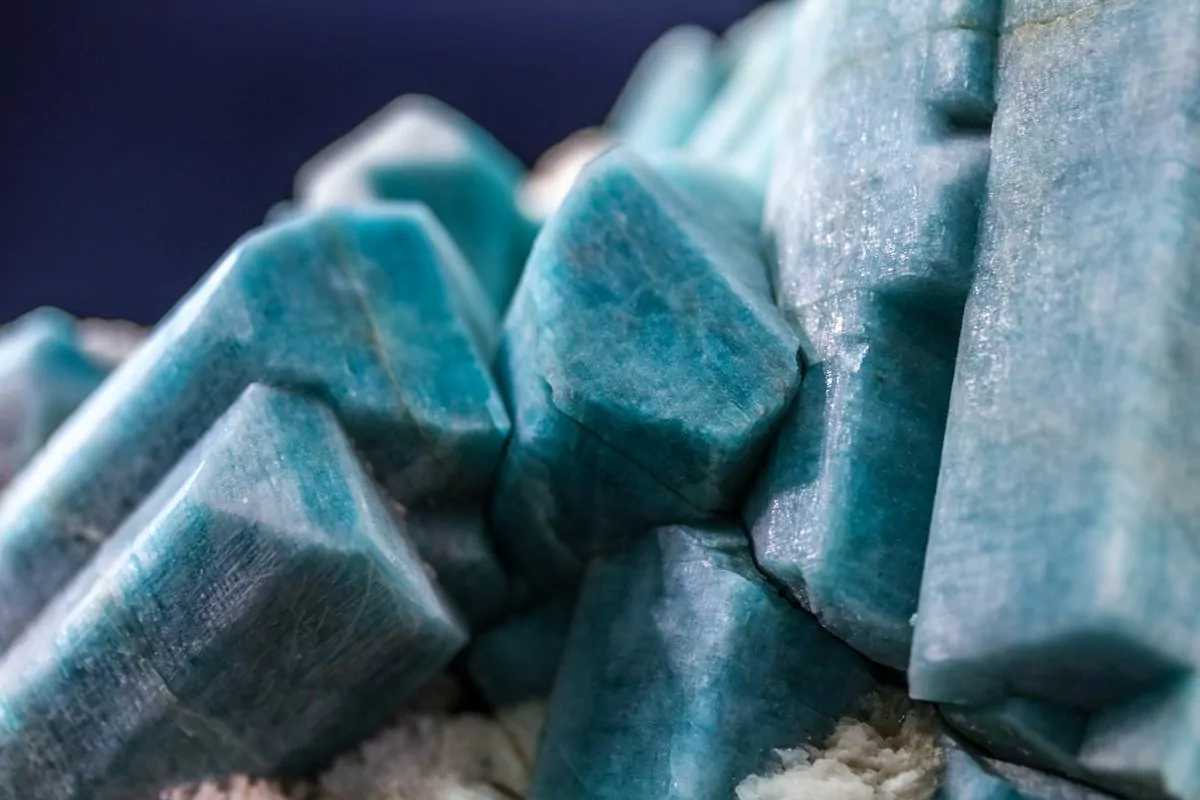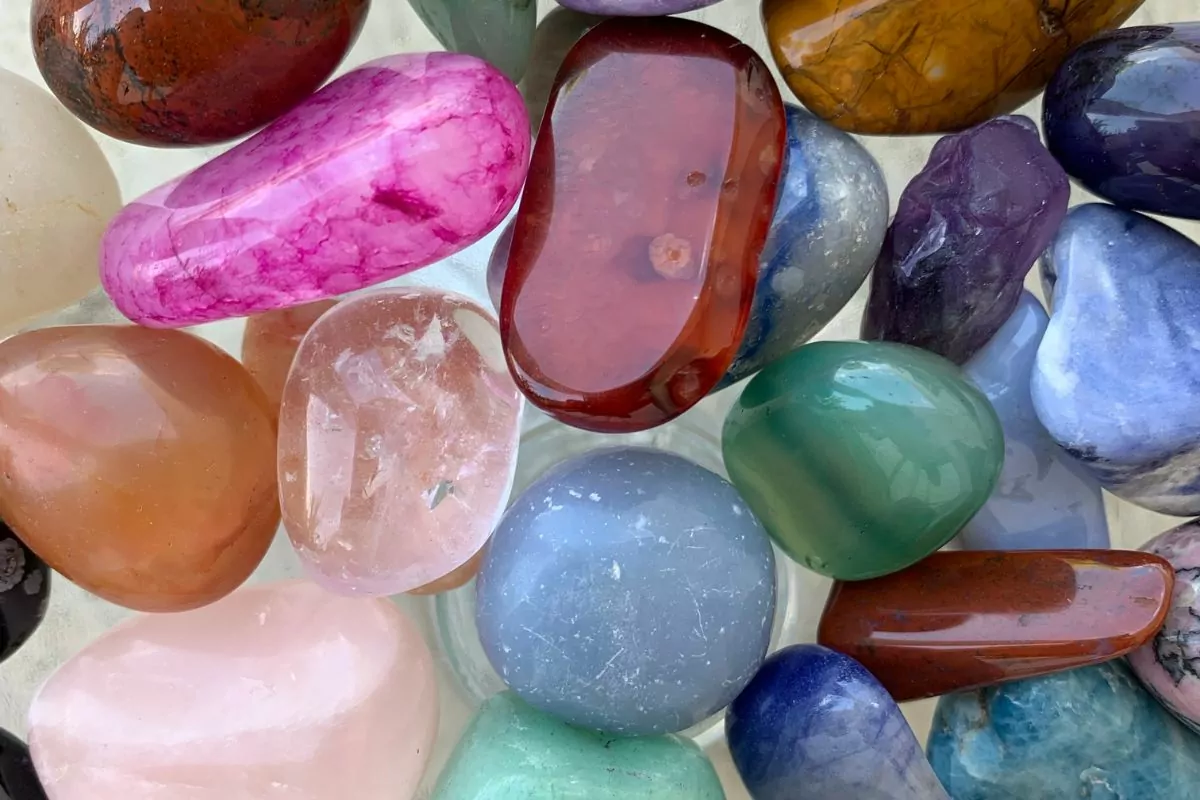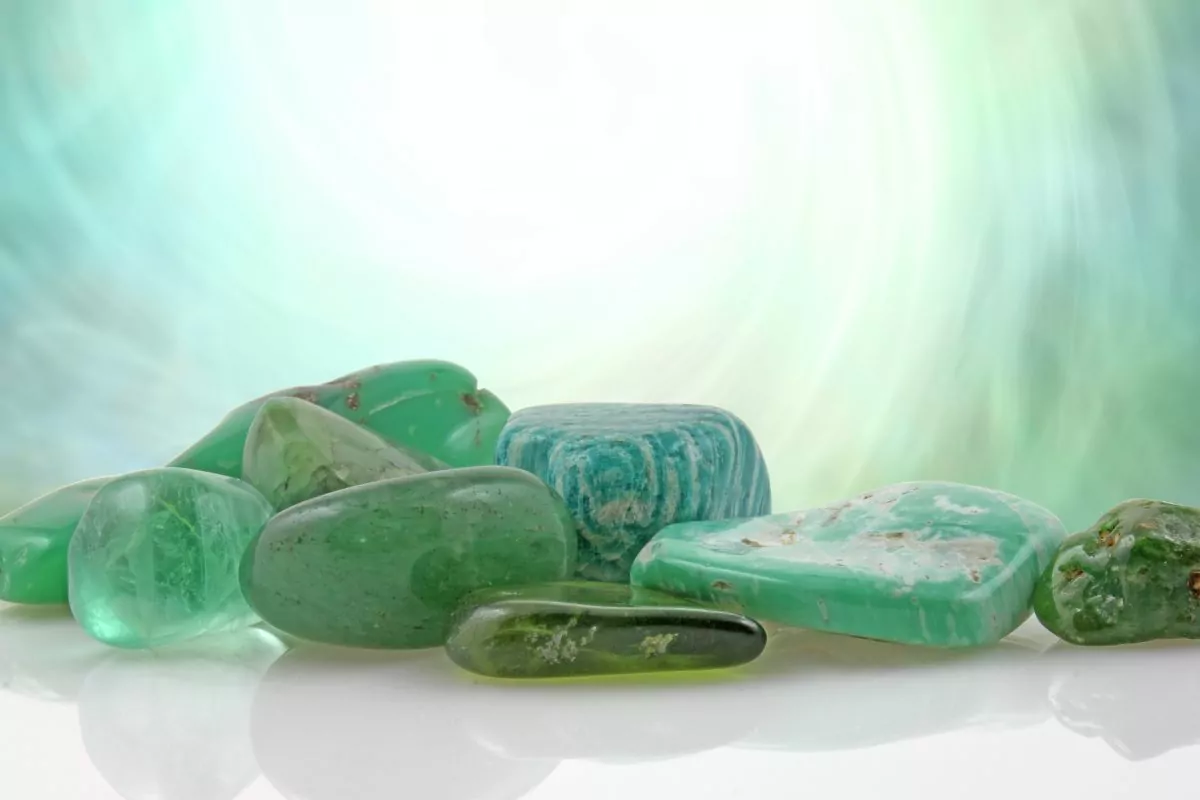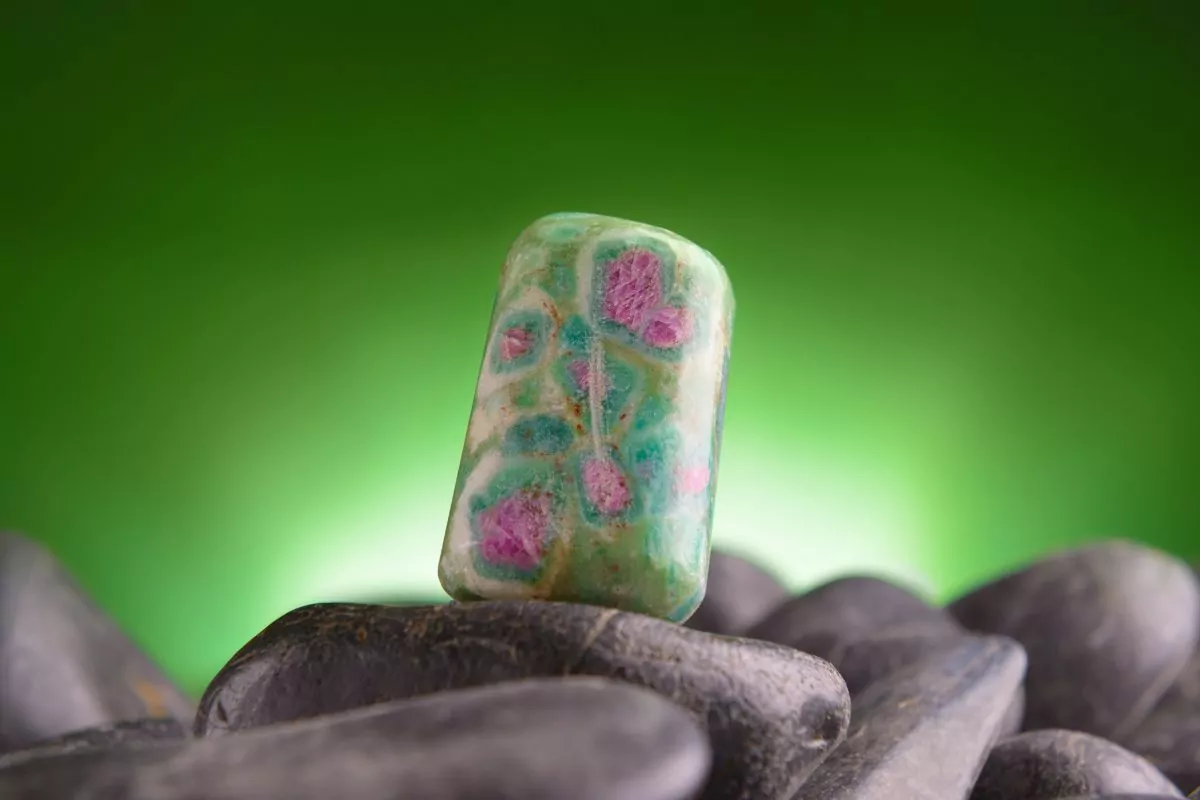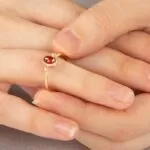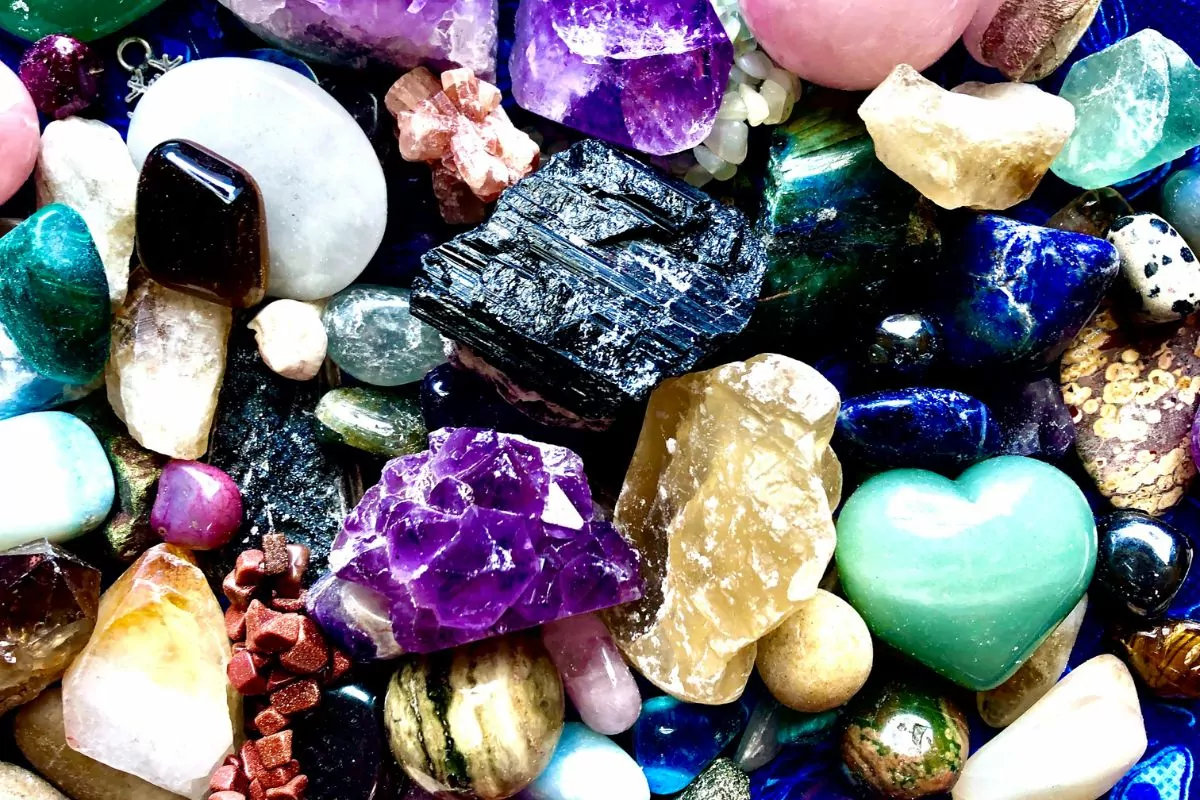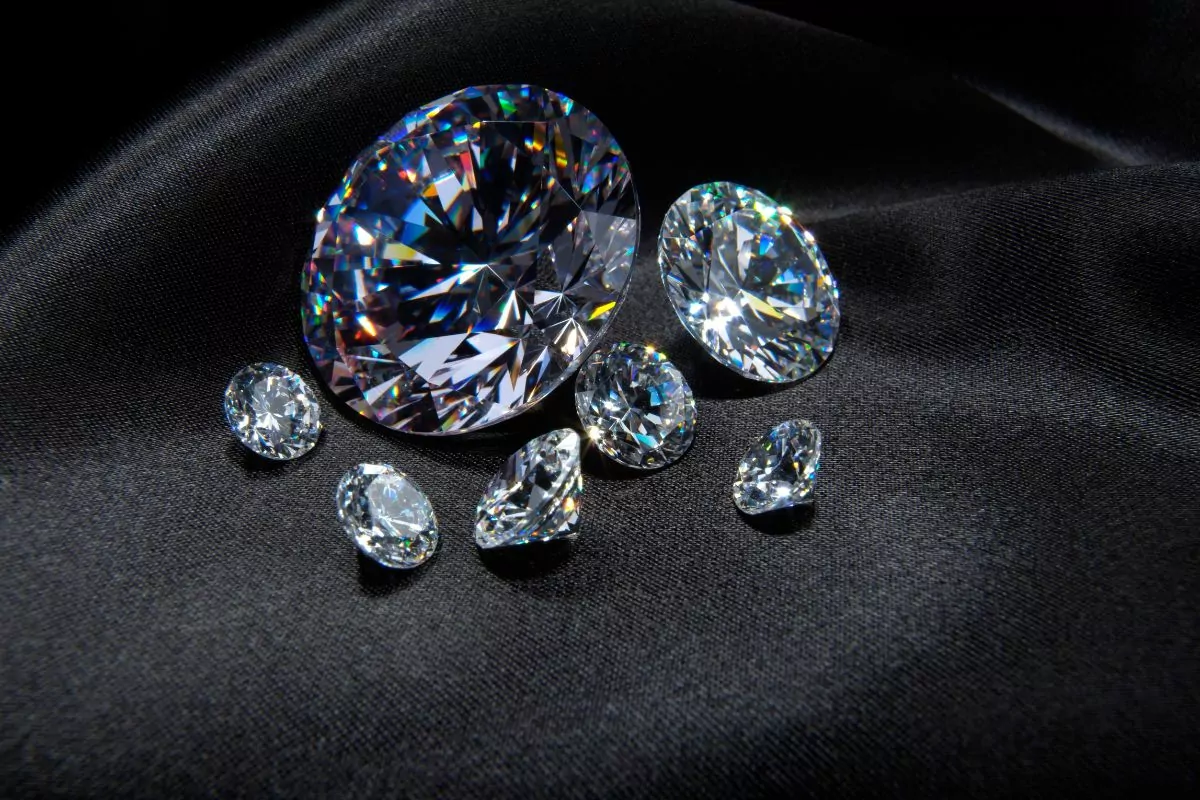Gems have always fascinated us humans. We’ve prized them not just for beauty but also for their mystery and the value they hold.
Rubies have long been cherished for their fiery red radiance and seen as emblems of passion and power.
Rubies hold a reputation as pricey gemstones, but they aren’t actually the most expensive gems available today.
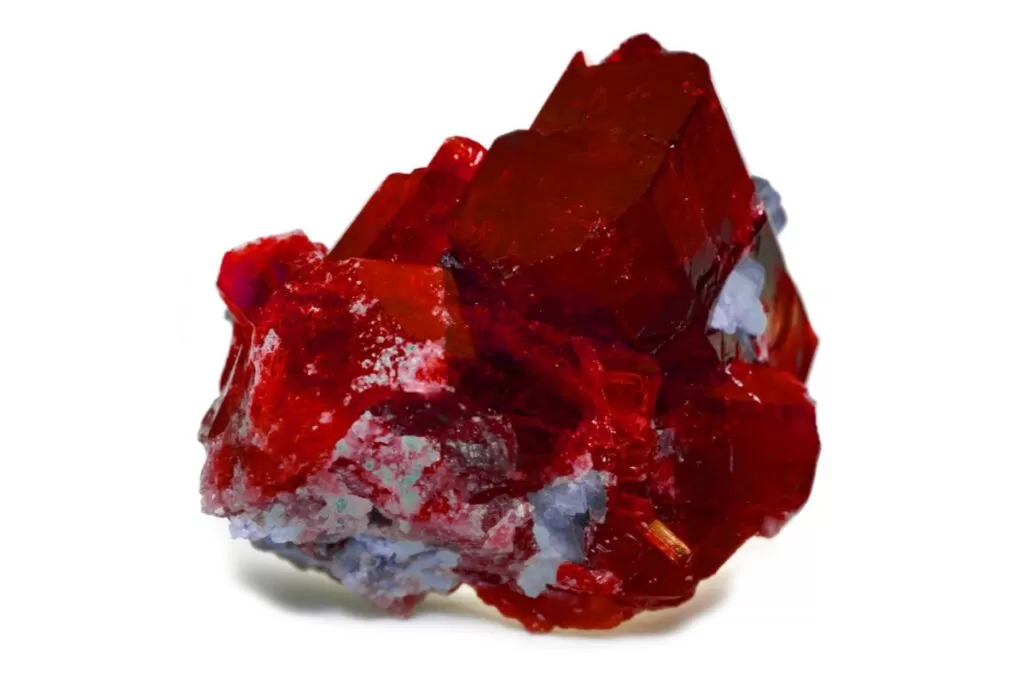
That honor belongs to rare blue and pink diamonds exhibiting a star pattern.
In this article, we will analyze what makes a gem valuable, explaining why certain diamonds achieve prices rubies simply can’t match.
What Drives A Gem’s Value?
A gem’s valuation depends on many interlinking factors – let’s take a look at them below:
- Size – Carat weight measures mass, and one carat equals 200 milligrams. Bigger gemstones often mean exponentially higher prices.
- Cut – How well a gem is cut impacts its optical properties like brilliance and sparkle. An excellent cut significantly raises value.
- Color – For diamonds, colorless varieties are usually the most prized, but for colored gems like rubies, rarer and richer hues increase value.
- Clarity – How internally flawless a stone is has a direct impact on price – fewer or minuscule imperfections command a top dollar.
- Certification – Documentation from independent labs detailing carat, cut, color, and clarity boosts credibility and price.
- Source Locality – Some origination sites, like Kashmir for sapphires, for example, produce such elite gems that provenance adds value.
- Provenance – Stones tied to royalty or other famous historical figures gain prestige and appeal.
- Market Dynamics – Macroeconomic trends, demand levels, and investor interest also influence prices over time.
- Perceived Rarity – Some gems become so phenomenal they accrue value based solely on their uniqueness.
What Makes Blue And Pink Diamonds Unparalleled
As we mentioned earlier, blue and pink diamonds are far more valuable than rubies.
But why are these gemstones so valuable?
Some of the key factors that set blue and pink diamond stars apart from rubies include:
- Extreme Scarcity – Natural colored diamonds are very rare – blue and pink diamonds exponentially more so due to trace elements behind their hues.
- Saturated Colors – For colored diamonds, intensity and purity of color significantly impact price. Vividly saturated blues and pinks cost astronomical sums.
- Superlative Quality – These diamonds frequently boast top grades across the 4Cs, dramatically multiplying their valuations.
- Investment Vehicle – Their supply scarcity and buoyant demand make them appreciate rapidly, becoming a hedge against inflation and downturns.
- Fabled Histories – High-profile colored diamonds often have intriguing backstories spanning centuries, conferring added mystique.
- Status Symbols – Owning one of these ultra-rare trophies becomes a wealth marker affordable only to the uber-rich.
- Marketing Mystique – Auction houses deploy extensive promotional campaigns focused on their mythology and royalty connections to amplify prestige.
Looking at some famous sales shows how much more valuable these diamonds are:
- Pink Star Diamond – This sold in 2017 for $71.2 million, shattering records as the priciest gemstone ever auctioned.
- Hope Diamond – Worth an estimated $200-350 million, this 45.52-carat deep blue marvel surpasses almost any gem discovered.
- Graff Ruby – This 8.62-carat Burmese ruby sold for $8.6 million in 2015 – a benchmark for rubies but dwarfed by the Pink and Blue diamonds.
- Blue Moon Diamond – Sold in 2015 for $48.5 million, vividly demonstrating diamonds achieve valuations rubies simply cannot match.
Even the most elite rubies pale in comparison to these diamond masterpieces, thanks to their unrivaled levels of splendor, scarcity, and allure.
Legendary Histories Of Rare Gemstones: An Impact On Price
Alongside their singular physical properties, the rich histories of famous colored diamonds make them objects of fantasy and add mystique. Let’s take a look at some of these stories to understand why they’re so valuable:
The Hope Diamond
The Hope Diamond’s storied past traces back to 17th century India, amassing legend as it changed hands across royal lineages before ultimately being bequeathed to the Smithsonian Institution. This storied legacy amplifies its mythical status.
The Blue Moon Diamond
The Blue Moon Diamond gained its poetic moniker in homage to its rarity after being unearthed in 2014.
Though of modern provenance, its discovery demonstrates the enduring grip diamonds maintain on our imaginations.
These romantic backstories, even when relatively recent, add an aura of intrigue that distinguishes historic diamonds from ordinary gems in our collective consciousness.
Why Diamonds Dominate The Luxury Gem Market
Current economic realities give blue and pink diamonds an insurmountable edge over rubies at the highest echelons of the market for a few reasons:
- Microscopic Supply – Only an infinitesimal fraction of mined diamonds possess the precise chemical recipe to become colors like pink and blue, creating extreme supply scarcity.
- Surging Demand – More high net-worth buyers from emerging markets, amplified by diamond marketing, fuels demand. Their reputation as status symbols, as well as the price appreciation, enhances appeal.
- Mainstream Investibility – Diamonds are now an accepted institutional asset class for diversified portfolios. Colored diamonds are especially prized for their ability to hedge against inflation and market downturns.
- Speculative Mania – Auction houses, dealers, and collectors bid prices to stratospheric heights, chasing the world’s rarest diamond specimens and creating new records.
- Outsized Cultural Symbolism – Diamonds are deeply embedded in global expressions of love, success, and luxury. Fancy colors expand on these positive associations.
Meanwhile, rubies face limitations that curb their ceiling prices:
- Oversupply Risk – While fine Burmese rubies are scarce, large-scale mining of lower-quality rubies risks devaluing the entire market.
- Investment Constraints – Rubies lack diamonds’ advantages in fungibility, transparent benchmark pricing, and financial product development. This restricts their adoption as an asset class by institutions.
- Smaller Collector Base – The pool of ultra-high net-worth investors or collectors capable of vying for top rubies is much smaller than those pursuing elite diamonds.
- Weaker Brand Power – Rubies lag behind diamonds in globally coordinated marketing and cultural resonance. This hampers their aspirational status.
Given diamonds’ structural advantages and rubies’ constraints, the immense disparity in their peak valuations becomes understandable.
Conclusion
While mesmerizing, rubies are surpassed in value by these astronomical-colored diamond trophies due to an unprecedented confluence of qualities, including extreme rarity, beauty, romantic lore, cultural symbolism, and market dynamics.
This “perfect storm” propels blue and pink diamond prices sky-high and beyond rubies’ reach.
As long as rarified collectors pursue ever more singular gemstone treasures, these colored diamonds will likely remain at the pinnacle of the world’s most precious jewels.
You may also like: Can ruby be worn in gold?
- 15 Crystals That Cannot Be Exposed To The Sun - January 7, 2024
- Malachite Vs Fuchsite – Benefits And Uses - January 7, 2024
- Malachite Vs. Green Jasper: Benefits And Uses - January 7, 2024

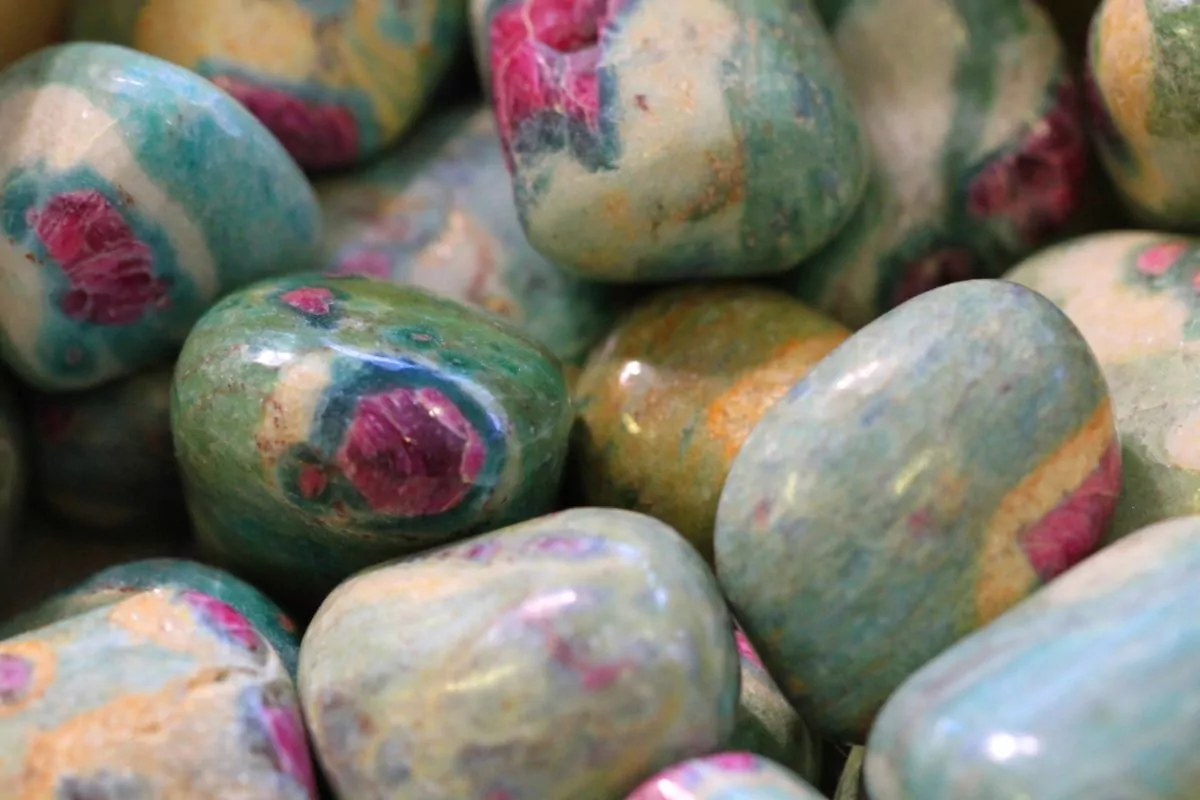
![Can You Wear Ruby Every Day [What You Need To Know] Can You Wear Ruby Every Day [What You Need To Know]](https://thatcrystalsite.com/wp-content/webp-express/webp-images/uploads/2022/12/Can-You-Wear-Ruby-Every-Day-What-You-Need-To-Know.jpg.webp)
